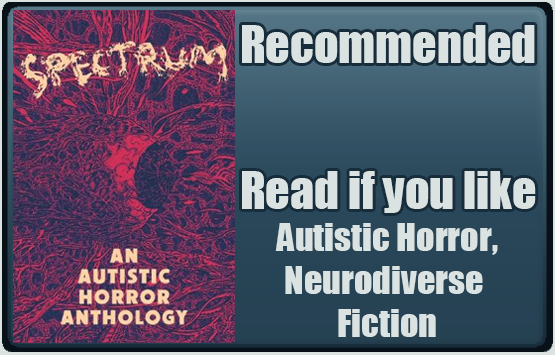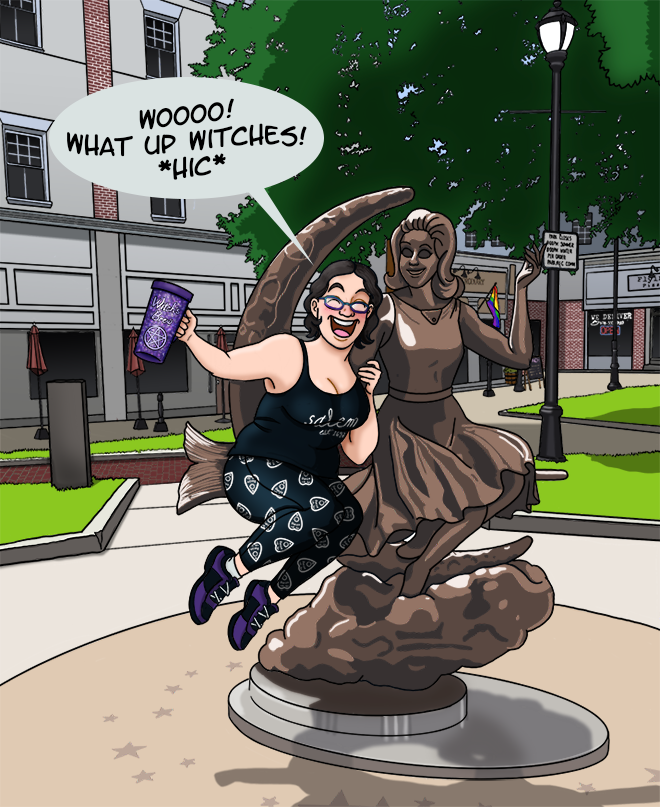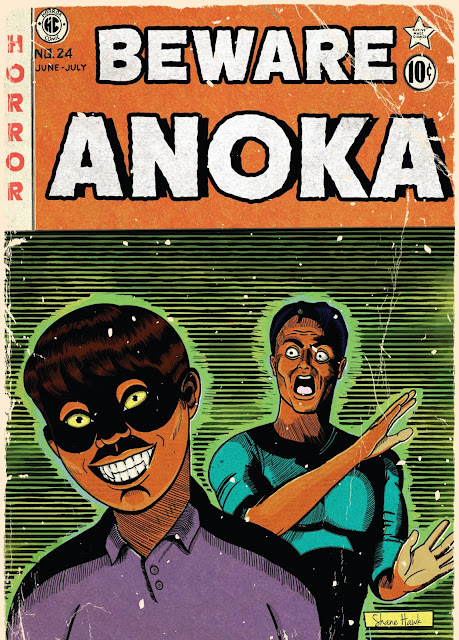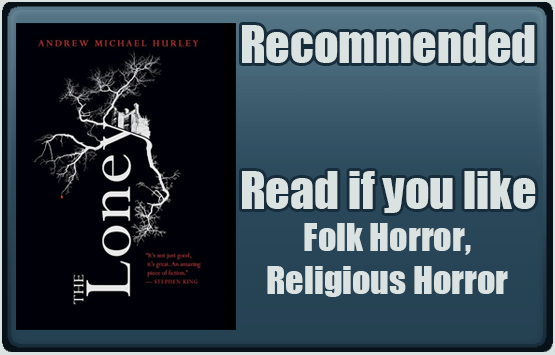
Formats: Print, audio, digital
Publisher: HarperCollins
Genre: Demon, Eco Horror, Folk Horror
Audience: Young Adult
Diversity: Kanien’kehá:ka (Mohawk) and Jamacian-American
Content Warnings (Highlight to view): Child Endangerment, Forced Captivity, Gaslighting, Kidnapping
Blurb
The black water has been waiting. Watching. Hungry for the souls it needs to survive.
When small-town athlete Avery’s morning run leads her to a strange pond in the middle of the forest, she awakens a horror the townspeople of Crook’s Falls have long forgotten.
Avery can smell the water, see it flooding everywhere; she thinks she’s losing her mind. And as the black water haunts Avery—taking a new form each time—people in town begin to go missing.
Though Avery had heard whispers of monsters from her Kanyen’kehá:ka (Mohawk) relatives, she’s never really connected to her Indigenous culture or understood the stories. But the Elders she has distanced herself from now may have the answers she needs.
When Key, her best friend and longtime crush, is the next to disappear, Avery is faced with a choice: listen to the Kanyen’kehá:ka and save the town but lose her friend forever…or listen to her heart and risk everything to get Key back.
In her stunning debut, Cheryl Isaacs pulls the reader down into an unsettling tale of monsters, mystery, and secrets that refuse to stay submerged.
The story begins with Avery, a Kanien’kehá:ka (Mohawk) teenager living in Crook’s Falls, going on her morning run through the forest. She’s trying to get a cross-country scholarship to afford university as she and her mother struggle financially, especially after her parents’ divorce. Avery did her first run for cancer research at age 7 and immediately fell in love. She explains “[Running] had been and still was the closest thing I could imagine to flying.” It also helps still her mind of racing thoughts. Her mother, along with everyone else, has told Avery to never leave the forest path for her own safety (though they don’t elaborate as to why). But apparently, Avery’s never heard the story of Red Riding Hood and decides to do just that. While she doesn’t encounter any wolves, Avery does come across a hidden meadow with a strange, black pond that gives her a sense of unease. When she peers into it, her reflection smiles at her. Thoroughly freaked out Avery manages to stumble her way back to the path and runs home.
Her overprotective mother, Violet, was worried about her daughter going on an early morning excursion without leaving a note, but Avery blows off her concern (something she does frequently with her friends as well). At first, Avery doesn’t treat her–or her friends, Key and Stella– that well, mostly because she’s so reserved and pushes them away when things get too emotionally heavy for her. But her friends accept these aspects of her and are supportive (Avery is essentially an introvert who was adopted by two extroverts, which is usually how introverts like me make friends). She even admits “And here it was—the maddening part of my personality that just couldn’t deal with Serious Feelings Talk. Sharing. Vulnerability. I couldn’t do any of it, even when I wanted to… But just like my mom, I found sharing scary. Unlike her, I was basically a coward.” Avery does get better as the story progresses though.
Avery finds that the black water seems to have followed her home, showing up in her dreams, her shower, her coffee, and even flooding a bus she’s riding. She has strange visions no one else can see that get progressively worse as time passes. Sleep deprived with frayed nerves Avery tries to open up about what’s happening to others, but people either don’t believe her or tell her to just ignore it. Avery is beginning to question her sanity when folks start to disappear, and she realizes it’s all connected to the Black water and a strange pale figure called “The Ragged Man.”
I found the most interesting part of the story to be Avery’s character development. She starts the book feeling disconnected from her culture and holding the world at arm’s length. Avery just can’t deal with her emotions or opening up to others. Part of this is because Avery thinks that if she speaks something, that makes it real, but if she just suppresses it then it will go away. This is based on her belief that she caused her parents divorce by asking them if they were getting divorced: her question made it happen. Although she understands intellectually that can’t be true, it doesn’t stop her from believing it. As Avery explains, “…saying things can make them real, and when they’re real, they can be taken away.” But as the story progresses Avery finds her strength by connecting to others.
Part of Avery’s disconnect from her Kanien’kehá:ka heritage is because her mother refused to teach her about it growing up. Avery explains “I think Mom was afraid it might do me more harm than good, marking me as different in a world that only claimed to value diversity.” This also may be a remanent of the lasting damage done by residential schools. As Noetta, an Osage, Mvskoke Creek, and Seminole woman explained in an interview with PBS “There are some Natives that were so affected by their boarding school experiences that they chose not to raise their children in the traditional ways” resulting in a loss of culture between the generations. As is perfectly summarized by the website Native Hope “All of these current challenges—lack of educational opportunity, physical and mental health disparities, the intense impact of historical trauma, lack of economic independence—are part of the great tragedy facing Native Americans: the loss of Native American culture and identity.”
For example, Avery’s can’t understand when her Ihstá (aunt), Lily, tries to speak Kanyen’kéha (the Kanien’kehá:ka language) to her, only knowing a few words because her mother never taught Avery their language. This loss of culture and community may be part of the reason Avery struggles so much with her mental health and feels like she must be independent, never relying on others for help. Unlike the traditional western approach to Wellness which focuses primarily on the body, Native communities often have a more holistic approach. According to the Canadian Health Justice website “There is immense diversity in approaches to wellness among different Indigenous communities however, a core concept of health and wellness common to First Nations, Métis, and Inuit people is that people, earth, and everything around us are deeply interconnected and that wellness comes from holistic internal and external balance that goes beyond the absence of illness.” Without these important connections Avery’s mental health suffers.
Obviously, I can never understand the struggles American Indians go through, nor what it feels like to have your culture erased by residential schools (amongst other forms of cultural genocide), and I won’t pretend to. But I still found myself relating to Avery’s longing for a culture erased by colonialism. As some of you are aware, I’m half Black (though white passing), and while Black Americans do have their own rich culture, it doesn’t hurt any less knowing that generations worth of culture and knowledge have been erased by the enslavement of Africans by Euro-Westerners. While some remnants of African cultures still remain (like in music, food, religion, and even speech) it’s not the same thing as knowing how to speak the language of my ancestors or follow their spiritual beliefs because I don’t know what those were, and there’s really no way of finding out what specific region of Africa my family came from (genetic testing can narrow it down to a general area, but not a culture).
I know it’s not the same, but Avery’s despair over feeling like she was losing her roots stirred up grief and frustration in me. It was the same feeling I get when my white mother talks about the genealogy research she does for her side of the family (who are horrible people I don’t like) that she can trace back hundred of years. I would love to do that with the Black side of my family (who I’m much closer to), because that information was erased when they were enslaved. Again, I can’t really know how Avery feels, but I know how she made me feel. I guess what I’m saying is this book stirred up a lot of deep-rooted feelings for me. Avery feeling like she wasn’t part of her culture, or had a right to tell their stories really resonated with me as a biracial person who sometimes feel like an intruder in both my parent’s cultures. For Avery, reconnecting to her family and culture, and learning to rely on her friends, is the best way for her to heal and holds the key to defeating the black water.
The black water reminded me of MMIW and Native children taken from their families by the government. It’s supernatural metaphor for very real problems destroying Native communities today. When the black water steals someone the community finds reasons to excuse their absence, like “they ran away from home” and the police show little to no interest in their disappearance. I found the black water to be especially creepy, and at first, I believed it had to be based on some real-world legend. But no, it was entirely Isaac’s own invention, which I found impressive. The black water felt like a story passed down as a warning from generation to generation, and not something the author just invented for the book. However, Isaac does use some traditional stories in her narrative. Avery reflects on Haudenosaunee (the six Iroquois Nations) creation story of Sky Woman, at first believing Sky Woman’s fall from the Sky World is something terrifying, a punishment for being too curious. But a Kanien’kehá:ka elder makes her realize that if Sky Woman hadn’t fallen, we wouldn’t have Turtle Island (the name used by some American Indians for what Euro-Westerners call North and Central America) or the Haudenosaunee people. So, although change can be scary, good things can come from it.
This made it the antagonist of the story even creepier, and this was definitely a creepy book, filled with a general sense of unease. But it wasn’t scary per se, so perfect for people who want to dip their toes in the shallow end of the horror pool. Your personal experience may vary, but I think this will appeal to fans who don’t usually read horror. You’ll also notice there aren’t a lot of trigger warnings for this book. The Unfinished feels very approachable, but if you’re a hardened horror fan, you may be disappointed at the lack of scares. I liked how the story centers around a teenage girl trying to save the boy she’s crushing on, a nice inversion of the “damsel in distress” trope, and the message about building community and relationships.
I personally feel that The Unfinished would have worked better as a novella, as the story really dragged for me. The pacing is much slower than I usually prefer, focusing more on atmosphere, emotion, and building suspense than action. Which is fine, it just didn’t grab my attention as much as other books. Keep in mind however, I do struggle with ADHD so I tend to prefer a fast pace with a lot going on over atmospheric reads. Those who do like a slow buildup of suspense and in-depth character studies will probably have no issue with the lack of action. I also found that the story was very repetitive; Avery sees something creepy, gets scared, goes to someone for help but then has trouble actually asking for help then runs away, lather, rinse, repeat. I understand this was probably to give Avery more time to develop her character, but to me it came off as unnecessary padding, which just reinforced my opinion that this would have worked better as a shorter story. The only other fault I found is something that’s admittedly, very nitpicky. I just really wished that Avery and Key could have just been friends instead of having an awkward crush get in the way, but that’s just my queer aversion to hetero romance tropes and I feel like most readers won’t care about that. Even though I had some issues with the length of the book I still enjoyed the story and its message, and I think it will be relatable to many BIPOC people who feel disconnected from their culture.
*If you want to learn more about the Haudenosaunee confederacy, I highly recommend the Iroquois Museum in Howes Cave, NY. I visited it years ago and found the museum highly informative and had great conversations with the staff and an elder who had painted the mural in the museum. If you’re not near New York the museum’s website has virtual tours and an online gift shop that sells educational books.













































